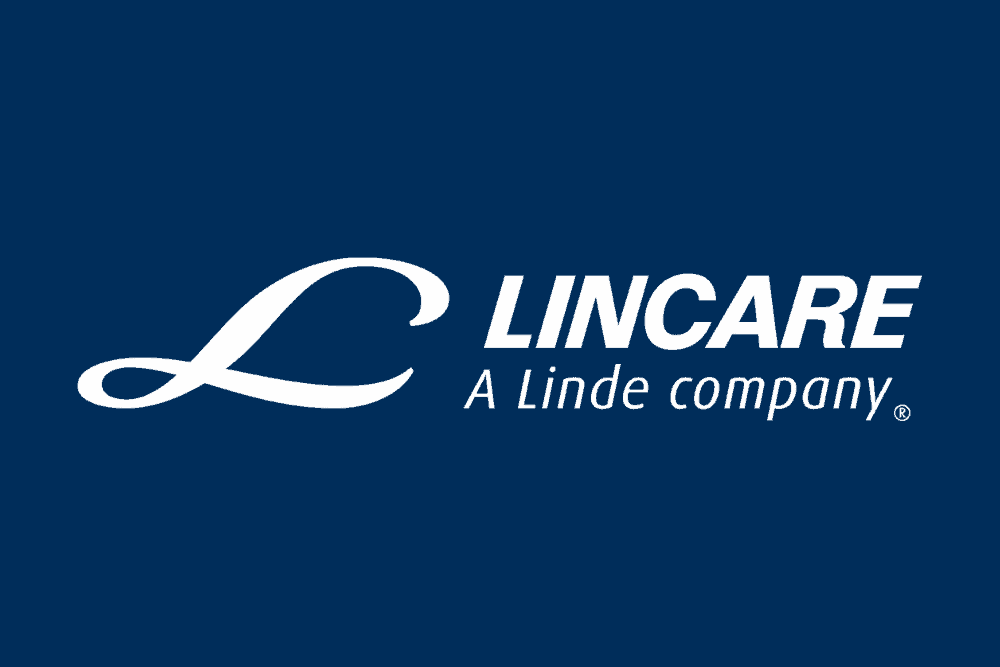HIGHLANDS RANCH
Colorado, October 13, 2021
Vivos Therapeutics, Inc. (the “Company” or “Vivos”) (NASDAQ:VVOS), a medical technology company focused on developing and commercializing innovative diagnostic and treatment modalities for patients suffering from sleep-disordered breathing, including mild-to-moderate obstructive sleep apnea (OSA), today announced that results from a peer-reviewed, published study by an independent dentist found a significant reduction of tooth decay in pediatric patients after undergoing treatment using the Company’s FDA Class 1 registered Vivos Guide, a flexible, BPA-free base polymer intraoral device.
The Vivos Guide is a preformed tooth positioner that is intended to prevent a child’s teeth from shifting position and may seal the lips to convert mouth breathing children to nose breathing. The device is worn according to specific protocols in the evening hours and as they sleep for 8-10 hours each day.
The study, conducted by Dr. Toshi Hart, DDS, Independent Vivos Clinical Advisor, evaluated the ability of the Vivos Guide to reduce the risk of tooth decay by converting mouth breathing to nose breathing in children. If the device is able to prevent mouth breathing, it may be able to increase salivary factors, reduce the presence of cariogenic bacteria and, ultimately, reduce childhood tooth decay.
Data from the study demonstrated that the risk reduction of tooth decay per child in the treatment group versus the control group at six months and 12 months after beginning Vivos Guide use was lowered by 76.4% [p = 0.0004] and 57.9% [p = 0.05] respectfully. The Vivos Guide was well tolerated by the children in the study, with no reported complaints from children or their caregivers.
In the study, 80 children were divided into two groups: a control group and a treatment group. 40 children in the treatment group (ranging in age from 4 to 12 years with an average age of just over 8 years) were treated with the Vivos Guide. Both groups received the same information on measures to prevent tooth decay, including proper oral hygiene and dietary considerations.
“I am happy with the results of this study,” said Dr. Hart. “Having worked with so many children over three decades, I have witnessed the correlation of tooth decay in relation to mouth breathing. I am pleased that my contribution in this study helps to show how the use of the Vivos Guide intraoral device may promote nasal breathing and reduce tooth decay.”
Commenting on the study results, Kirk Huntsman, Vivos Chairman and CEO, stated, “Mouth breathing has long been associated with an increase in cavities. That treatment with our Guide appliances has now been shown to significantly decrease pediatric cavities is a strong indication that they also work to establish proper nasal breathing and function. The late Dr. Christian Guilleminault of Stanford University once said, ‘The restoration of nasal breathing…may be the only valid endpoint to treating OSA.’ Clearly, any time a treatment such as our Guides can help restore and promote nasal breathing, other positive health benefits tend to happen, and these study results prove that out with respect to lowering the risk of tooth decay in children. With the global dental fillings market size valued larger than US$5 billion, we are pleased show published, peer-reviewed data demonstrating the efficacy of the Vivos Guides and significant benefits the Guides may have on pediatric dental health.”
Cautionary Note Regarding Forward-Looking Statements
This press release and statements of the Company’s management made in connection therewith contain “forward-looking statements” (as defined in Section 27A of the Securities Act of 1933, as amended, and Section 21E of the Securities Exchange Act of 1934, as amended) concerning future events, particularly with respect to the public offering described herein. Words such as “aim,” “may,” “could,” “expects,” “projects,” “intends,” “plans,” “believes,” “predicts,” “anticipates,” “hopes,” “estimates” and variations of such words and similar expressions are intended to identify forward-looking statements. These statements involve known and unknown risks and are based upon several assumptions and estimates, which are inherently subject to significant uncertainties and contingencies, many of which are beyond Vivos’ control. Actual results (including, without limitation, the anticipated benefits of Australian regulatory approval described here on the Company’s sales and ability to obtain regulatory approvals in other countries) may differ materially from those expressed or implied by such forward-looking statements. Factors that could cause actual results to differ materially include, but are not limited to, the risk factors described in Vivos’ filings with the Securities and Exchange Commission (“SEC”). Vivos’ filings can be obtained free of charge on the SEC’s website at sec.gov. Except to the extent required by law, Vivos expressly disclaims any obligations or undertaking to release publicly any updates or revisions to any forward-looking statements contained herein to reflect any change in Vivos’ expectations with respect thereto or any change in events, conditions or circumstances on which any statement is based.
Vivos Investor Relations Contact:
Julie Gannon
Investor Relations Officer
720-442-8113
jgannon@vivoslife.com
Vivos Media Relations Contact:
Amy Cook
Public Relations Officer
949-813-0182
acook@vivoslife.com

